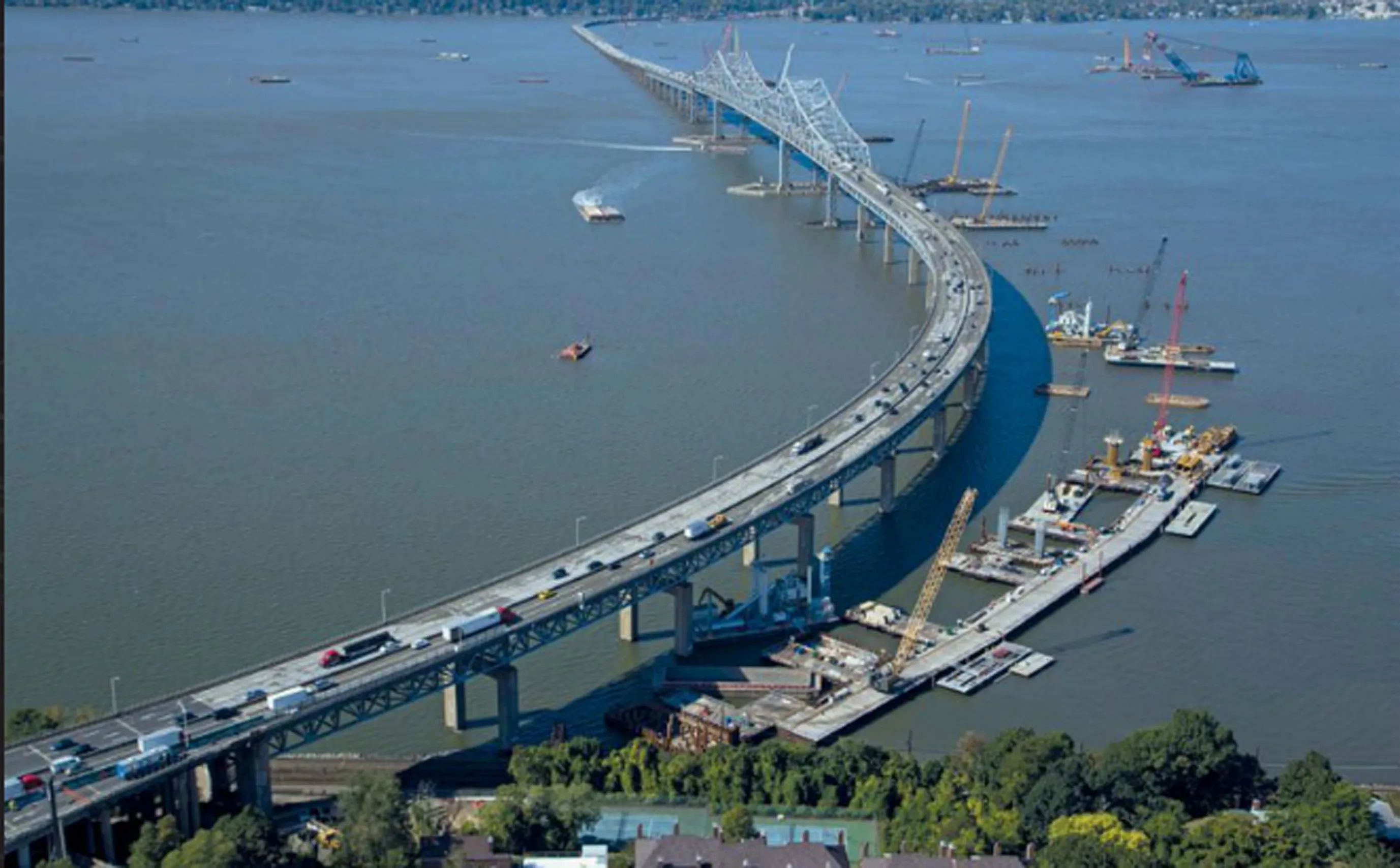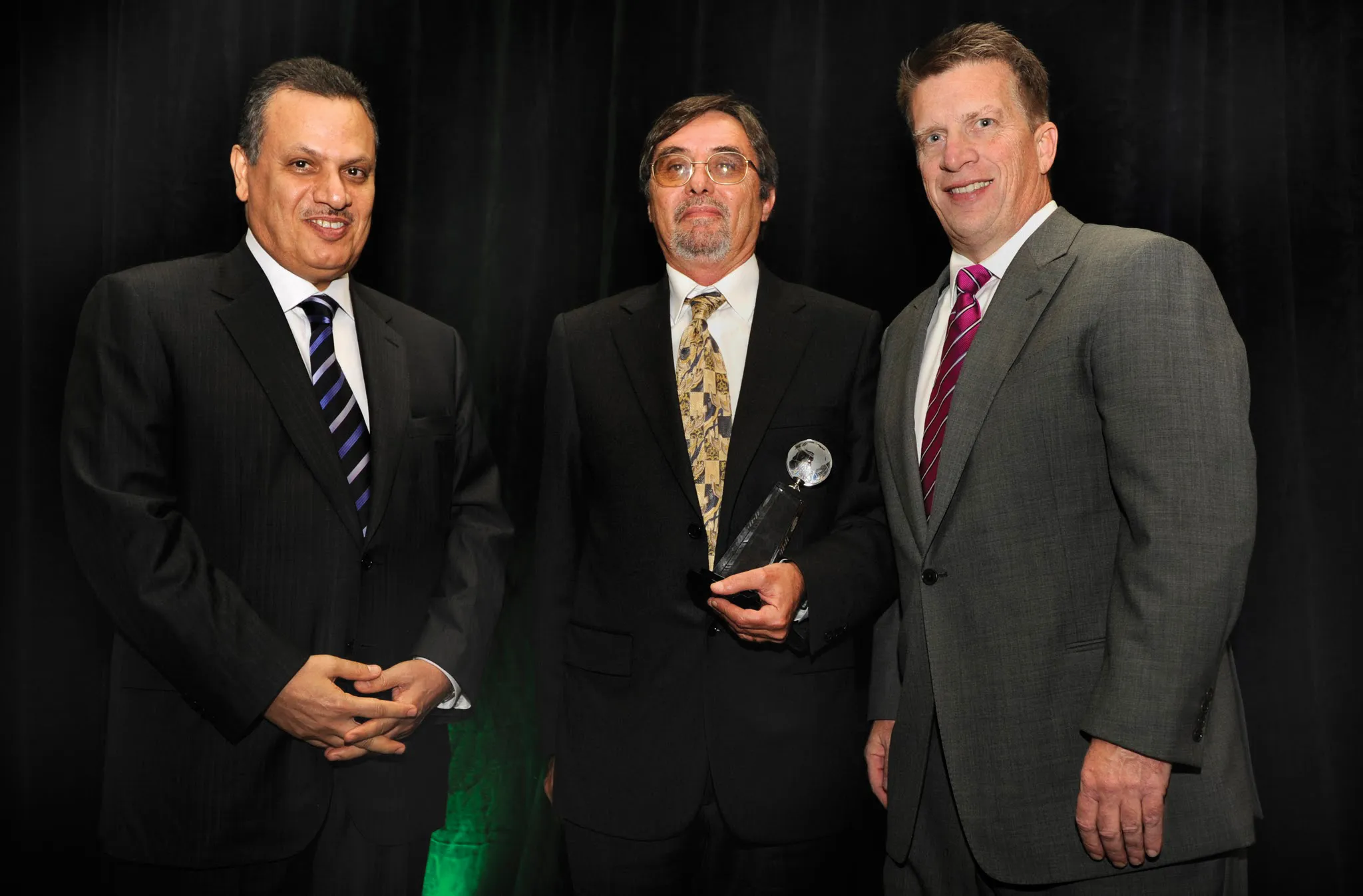Istanbul is often said to be where Europe meets Asia, geographically and culturally. This September the great city will also be the focus of the International Road Federation’s 1st Europe & Central Asia Regional Congress. The congress will be an exceptional opportunity for anyone, especially from Europe and Asia, involved in major road projects to connect and network with ministers, road agency heads and local government leaders. But time is running out to be among the prestigious speakers and presenters at
March 9, 2015
Read time: 3 mins
Istanbul is often said to be where Europe meets Asia, geographically and culturally. This September the great city will also be the focus of the 713 International Road Federation’s 1st Europe & Central Asia Regional Congress.
The congress will be an exceptional opportunity for anyone, especially from Europe and Asia, involved in major road projects to connect and network with ministers, road agency heads and local government leaders.
But time is running out to be among the prestigious speakers and presenters at this crucial conference. The 1st IRF Europe & Central Asia Regional Congress Call for Abstracts ends March 15. Surface transportation experts and researchers are invited to submit abstracts across the 8 Congress tracks by March 15, 2015. Additional information: %$Linker:2 External <?xml version="1.0" encoding="utf-16"?><dictionary /> 0 0 0 oLinkExternal click here 1st IRF Europe & Central Asia Regional Congress false http://eca.irfnews.org/ false false %>
The European & Central Asia region is a geographic area covering 23 countries located in Central, Eastern and South Eastern Europe, the Russian Commonwealth (CIS) and Turkey. A common factor between these countries is a shared history of relatively recent transition from planned to market economies. This has had a profound impact on trading patterns, transport services and infrastructure needs.
The IRF has played a catalytic role in the establishment of cooperative transnational initiatives aimed at strengthening capacity in government agencies, stimulating private sector activity and fostering a common culture of excellence in highway planning and operations.
The IRF’s regional engagement accompanied a phase of investments in new highway programmes and enhanced private sector participation. This has been bolstered by an increasingly supportive regulatory framework and the emergence of new funding partners.
However, infrastructure bottlenecks and under-investment in existing assets remain endemic in the region and will constrain economic growth as the area recovers from the financial crisis.
The growing epidemic of road traffic injuries remains another important challenge for a region whose fleet of motorised vehicles has considerably expanded over the last decade. Road safety capacity reviews undertaken in the region have systematically underscored the need to prioritise the adoption of national road safety strategies and action plans with measurable road safety goals and targets.
The region is also at a turning point with growing interest in exploiting corridor approaches to cross-border trade and transport facilitation. To fully achieve their potential, trade corridors require coordinated investment mechanisms, institutional strengthening and a shared agenda by governments, the private sector and development agencies. “Model highway” programmes being developed in some parts of Central Asia can be a source of inspiration across the entire region.
IRF’s 1st ECA Regional Congress is designed to provide a setting for sharing proven and innovative solutions for the region’s mobility challenges. With this Congress, the IRF’s goal is to help policy-makers, planners and infrastructure operators from across Europe and Central Asia translate these challenges into concrete policy and planning decisions.
Come and be a part of this exciting conference that will focus on the region’s many challenges and even more opportunities. Submit an abstract soon – the final date is March 15. Additional information: %$Linker:2 External <?xml version="1.0" encoding="utf-16"?><dictionary /> 0 0 0 oLinkExternal <strong><span class="oLinkExternal">click here</span></strong> 1st IRF Europe & Central Asia Regional Congress false http://eca.irfnews.org/ false false %>
The congress will be an exceptional opportunity for anyone, especially from Europe and Asia, involved in major road projects to connect and network with ministers, road agency heads and local government leaders.
But time is running out to be among the prestigious speakers and presenters at this crucial conference. The 1st IRF Europe & Central Asia Regional Congress Call for Abstracts ends March 15. Surface transportation experts and researchers are invited to submit abstracts across the 8 Congress tracks by March 15, 2015. Additional information: %$Linker:
The European & Central Asia region is a geographic area covering 23 countries located in Central, Eastern and South Eastern Europe, the Russian Commonwealth (CIS) and Turkey. A common factor between these countries is a shared history of relatively recent transition from planned to market economies. This has had a profound impact on trading patterns, transport services and infrastructure needs.
The IRF has played a catalytic role in the establishment of cooperative transnational initiatives aimed at strengthening capacity in government agencies, stimulating private sector activity and fostering a common culture of excellence in highway planning and operations.
The IRF’s regional engagement accompanied a phase of investments in new highway programmes and enhanced private sector participation. This has been bolstered by an increasingly supportive regulatory framework and the emergence of new funding partners.
However, infrastructure bottlenecks and under-investment in existing assets remain endemic in the region and will constrain economic growth as the area recovers from the financial crisis.
The growing epidemic of road traffic injuries remains another important challenge for a region whose fleet of motorised vehicles has considerably expanded over the last decade. Road safety capacity reviews undertaken in the region have systematically underscored the need to prioritise the adoption of national road safety strategies and action plans with measurable road safety goals and targets.
The region is also at a turning point with growing interest in exploiting corridor approaches to cross-border trade and transport facilitation. To fully achieve their potential, trade corridors require coordinated investment mechanisms, institutional strengthening and a shared agenda by governments, the private sector and development agencies. “Model highway” programmes being developed in some parts of Central Asia can be a source of inspiration across the entire region.
IRF’s 1st ECA Regional Congress is designed to provide a setting for sharing proven and innovative solutions for the region’s mobility challenges. With this Congress, the IRF’s goal is to help policy-makers, planners and infrastructure operators from across Europe and Central Asia translate these challenges into concrete policy and planning decisions.
Come and be a part of this exciting conference that will focus on the region’s many challenges and even more opportunities. Submit an abstract soon – the final date is March 15. Additional information: %$Linker:







